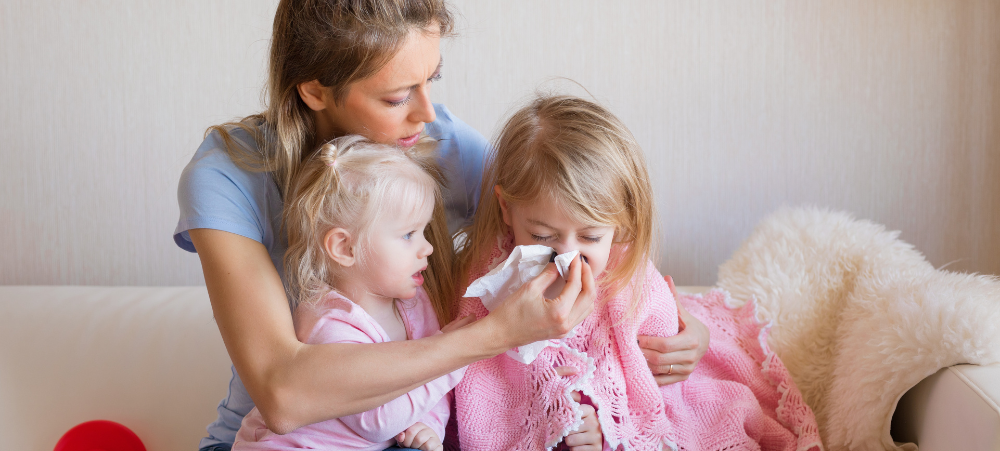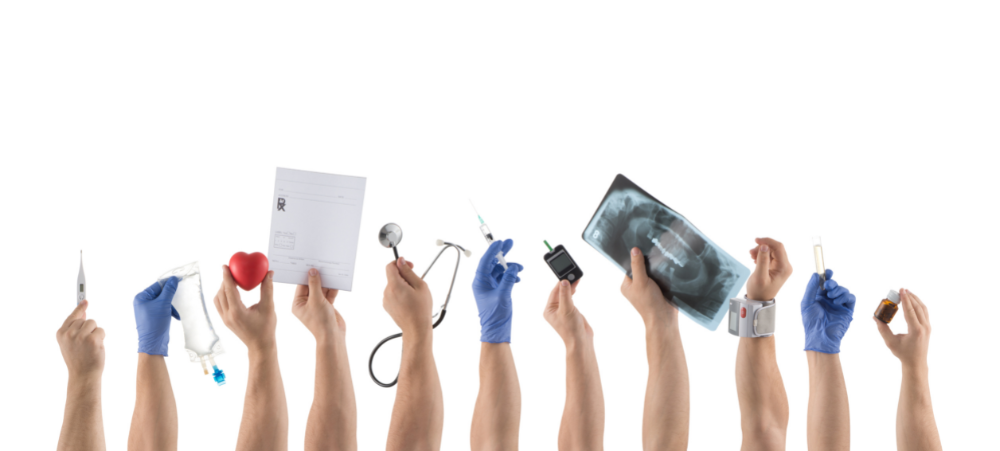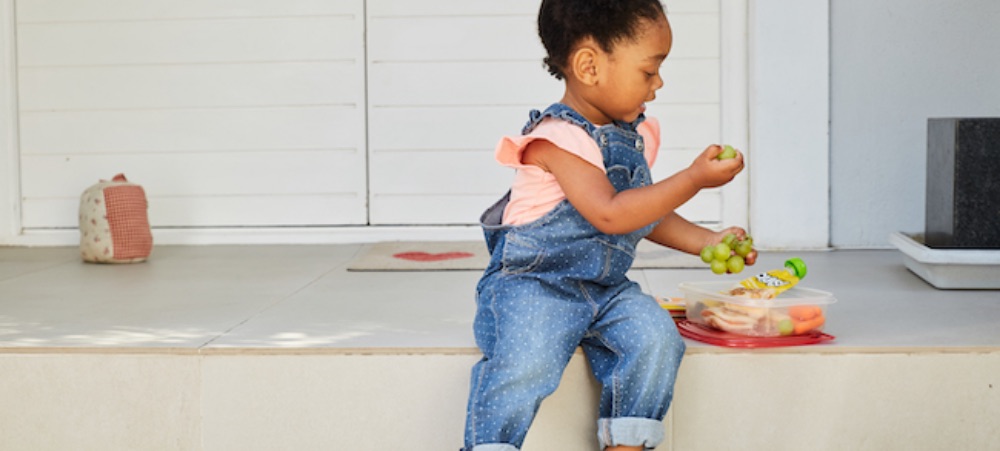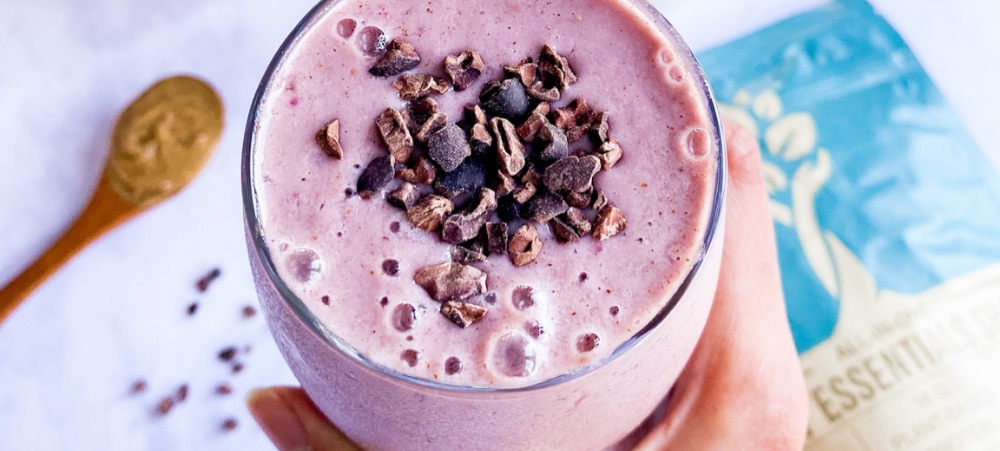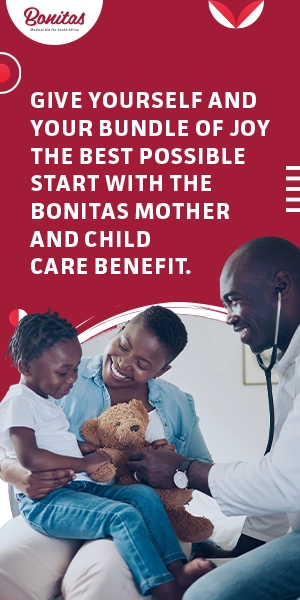Cravings’ are often the cause of overindulging and cheating on everyday healthy eating that contributes to weight gain. But…did you know that your ‘craving’ could be the cause of a deficiency in your diet or your body telling you that it needs a certain nutrient. Continue reading, if you want to know which nutrients you really need to nip those ‘cravings’ in the bud. Craving this…. Means you may be missing this… General overeating The science behind overeating, hunger and cravings is vast and can easily fill a book. We overeat for many reasons — hunger (the rumbling in your stomach) and appetite, of course — but also when we are tired or to celebrate, to be social, to soothe and to relieve boredom. However, a lack of silicon (found in nuts and seeds), tryptophan (found in cottage cheese, raisins, sweet potato and spinach) and tyrosine (present in orange, red, green fruits and vegetables, Vitamin C supplement) could also contribute to overeating. If you ‘crave’ the following foods, it could be your body telling you what you really need. Hormones and cravings As many as 70% of women suffer from PMS-related food cravings, bloating, fatigue, sleep disturbances, mood swings and irritability – any of which have the potential to sabotage a healthy diet. First, you have food cravings, usually for sweet, starchy foods with an underlay of fat, like chocolate ice cream. And then, your bad mood makes you say, ‘To hell with it!’ You lose your willpower to exercise and any control over what you are eating. What do we eat when those cravings hit? Chocolate is no. 1 on the hit parade, followed generally by other sweets. Salty foods, particularly chips, are a distant third. The hormonal ebbs and spikes that occur throughout a woman’s cycle are the major culprits in PMS. Cravings during PMS could further be exacerbated by a deficiency in zinc! Cravings, foods and moods Food also influences our mood and mood influences our food choices or could be the cause of you succumbing to that ‘craving’. If you find that your mood changes after meals and snacks, it may be that you’re lacking the nutrients that can help promote good mental health. Anxiety is often due to a deficiency of folic acid and magnesium. Folic acid can be found in foods such as meat, spinach, beetroot and asparagus. Depression could be made worse if your diet is lacking in vitamin B6 and B3 found in lean meat, oily fish (salmon, trout, tuna), whole grains, some fruits and vegetables as well as avocado. If poor concentration & attention is a problem then you need omega-3 fats and Vitamin B1 found in pork, seafood, whole grains, seeds and most vegetables. Insulin: Fuel for cravings Insulin resistance is a condition in which the body produces insulin but the body’s cells do not use the insulin properly. Insulin helps cells use blood glucose for energy. After you eat breakfast, lunch, or dinner, insulin is released into the bloodstream. Insulin’s job is to give muscles and organs permission to access sugar in the bloodstream. When people are insulin resistant, their muscle, fat and liver cells do not respond properly to insulin. As a result, their bodies need more insulin to help glucose enter cells. The pancreas tries to keep up with this increased demand for insulin by producing more. When there is too much insulin present, it contributes to sugar cravings as well as the “mid-afternoon lows.” Eventually, those sugar cravings lead to weight gain if we give in. Insulin resistance increases the risk of developing pre-diabetes, type 2 diabetes and cardiovascular disease. A person is classified as being insulin resistant if their middle circumference is >88cm (women) and >102cm (men). So get those measuring tapes out……or alternatively your Dietitian would be able to arrange for the necessary blood tests to be performed to determine if you are insulin resistant. Insulin resistance is a major global health concern that proves to be difficult to combat. Are you a victim? Tips on controlling those nasty cravings Have regular meals as well as snacks and DON’T skip meals. This will help maintain healthy blood sugar levels and prevent cravings. Limit starchy carbohydrates intake to meal times only and choose Low Glycemic Index starches. NO Starchy carbohydrate snacks – rather choose lean protein e.g. biltong, a small portion of nuts or yoghurt Exclude refined sugar like jelly, sweets or biscuits – this will only make the cravings worse! Know your metabolic rate: use it as an indication of the total carbohydrates that you need (and are allowed to eat) in a day –Your dietitian would be able to measure this for you. Have yourself checked out! Our dietitian’s take a complete diet history, assess your diet and establish which nutrients you are lacking in. Anél, Caryn or Sanmare can then advise you on how to make the necessary dietary changes to ensure a nutritionally balanced diet. If you are concerned about the nutritional adequacy of your diet, then make use of a good quality, comprehensive multi-vitamin/mineral supplement. Ask your dietitian for advice. Craving sugar and carbohydrates? Then consider using a chromium supplement. Chromium helps to maintain blood-sugar levels, by assisting insulin to do its job and keep the blood-sugar levels even which reduces sugar cravings. You require 200 mcg Chromium, twice a day, for control of cravings. Some forms of chromium may be toxic – so make sure you use the correct supplement. Discuss this with your dietitian, otherwise come and have a look at the practice where we stock the correct brands of chromium. Brushing your teeth is a tactic to help avoid late night snacking, which is mainly something that’s habitual. Many times when we eat late at night, it’s by force of habit, not because we are really ‘craving’ or hungry. Another tactic is to avoid the kitchen after a certain time at night, say 8pm. Many of us go in the kitchen like mindless zombies looking for stuff to munch on, so this “no kitchen re-entry” rule
